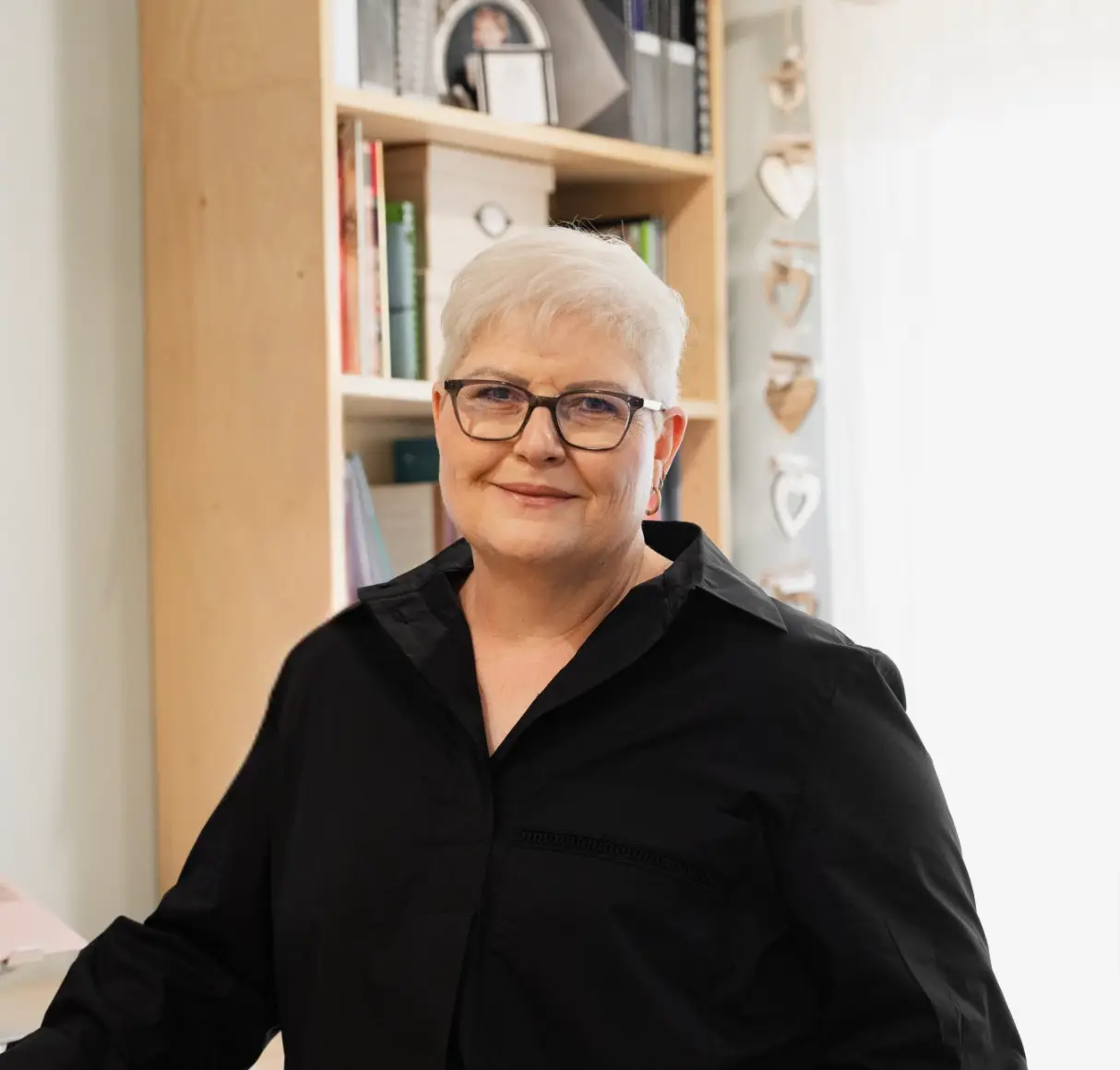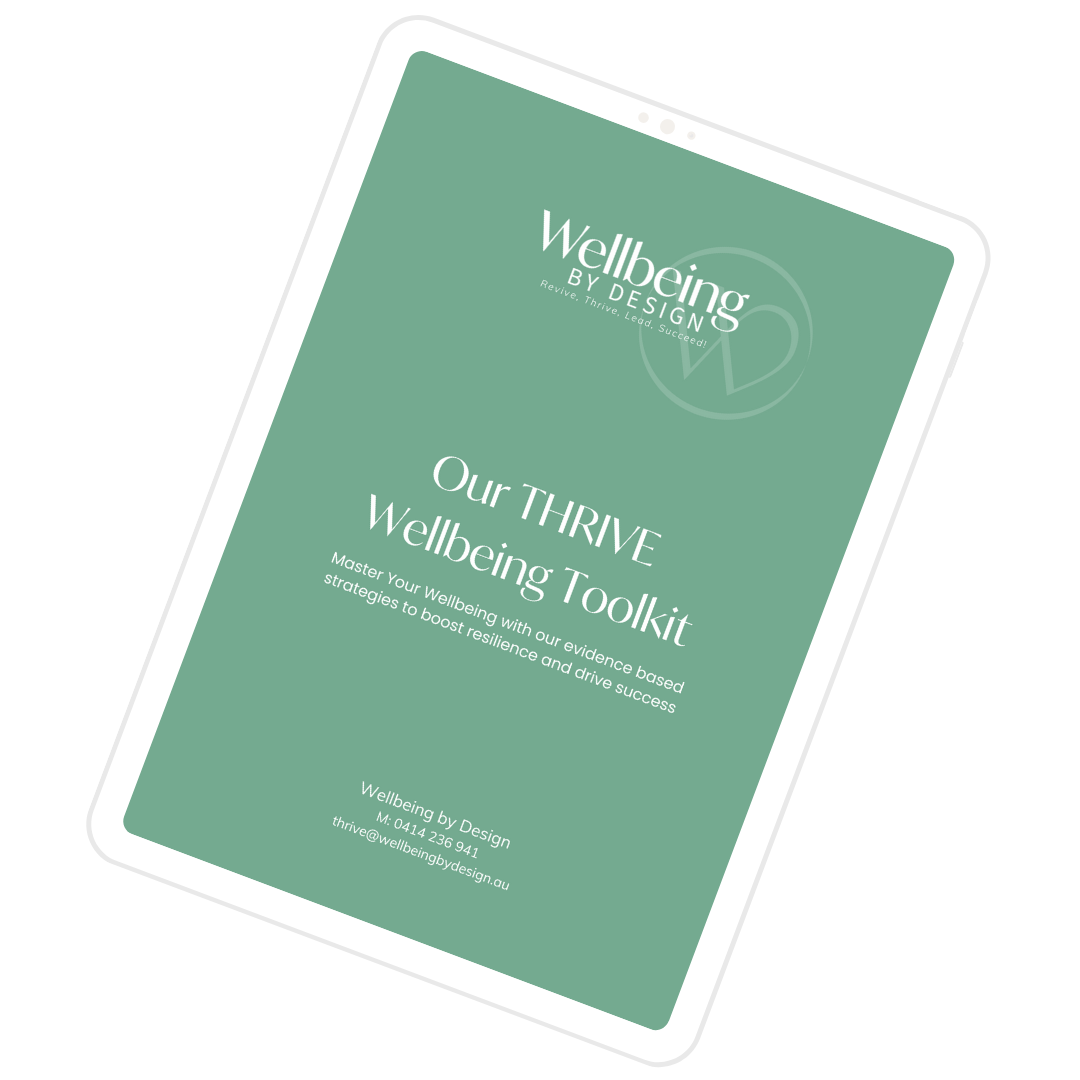Every October, World Menopause Day invites workplaces to pause and pay attention.
Yet for many leaders, the topic still feels awkward or “too personal.”
What if we reframed menopause, not as a taboo topic, but as one of the greatest untapped opportunities for inclusive leadership and organisational wellbeing?
Reframing Menopause at Work
Menopause is more than a health transition — it’s a leadership moment.
It asks us to consider how inclusive, empathetic, and flexible our workplaces truly are.
Too often, women in midlife lead on empty — balancing professional pressure, personal responsibilities, and the physical and emotional shifts of menopause — while feeling unseen or unsupported.
As leaders, we can change that.
We can design workplaces where wellbeing and performance go hand in hand, and where every stage of life is respected and valued.
Why Menopause Belongs in the Leadership Conversation
The Hidden Cost of Silence
Ignoring menopause isn’t neutral — it’s costly.
According to the CIPD Menopause in the Workplace Report (2023), two-thirds of women say their symptoms negatively affect work, and one in ten have left a job due to lack of support.
The ripple effect is clear: lost experience, reduced engagement, and fewer women in senior leadership. Silence drives attrition; conversation builds retention.

Beyond Symptoms: Understanding the Whole Person
Menopause isn’t only about hot flushes or sleepless nights.
It’s about identity, confidence, and belonging.
When leaders view menopause through a wellbeing and performance lens, they see a whole person — one adapting, learning, and still bringing immense value.
Inclusive leadership means ensuring people never have to choose between their health and their career.
The Business Case for Menopause Awareness
Retention, Performance, and Productivity

Supporting employees through menopause is a strategic investment, not a cost. The Workplace Gender Equality Agency (WGEA) highlights that simple supports — flexibility, temperature control, or wellbeing coaching — can significantly improve engagement and retention.
Meanwhile, PwC Australia reports a $2.30 return for every $1 invested in workplace wellbeing.
Small changes, big returns.
The Missing Link in Diversity and Inclusion
Many Diversity, Equity & Inclusion (DEI) frameworks celebrate gender equity and family support but overlook this critical midlife stage.
Menopause inclusion bridges that gap.
When organisations normalise these conversations, they signal that every life stage matters — building psychological safety and long-term engagement.
Leading with Empathy and Evidence
Inclusive leadership isn’t about having all the answers — it’s about asking better questions and listening with empathy. Research from Harvard Business Review shows inclusive leaders model curiosity, cultural intelligence, and courage all vital when supporting employees through change.

What Inclusive Leadership Looks Like
Inclusive leaders notice when performance or mood shifts and approach those moments with compassion rather than assumption.
They understand that empathy enhances accountability; it doesn’t erode it.
Listening Without Fixing
When someone shares their experience, resist the urge to problem-solve.
Ask instead:
“What support would help you most right now?”
“How can we make your work environment feel more manageable?”
These questions open doors, build trust, and create space for shared solutions.
Language That Normalises, Not Minimises
The words we choose matter.
Avoid jokes or euphemisms. Use plain, respectful language that frames menopause as a natural stage of life — one deserving the same consideration as any other health or wellbeing factor.
Designing Menopause-Friendly Workplaces
Policy Meets Practice
Policies are important, but culture makes them real.
A policy in a folder achieves little; leadership in action changes everything.
Simple, visible steps include:
- Offering flexible work options during challenging phases.
- Ensuring uniforms and environments support comfort.
- Providing access to reliable information and health coaching.
- Normalising discussions through team learning sessions.
According to the AIHW Menopause in Australia (2023), nearly half of working-age women experience symptoms affecting daily life — a reminder that structural support is as vital as personal resilience.
Co-Designing Support Systems That Last
Lasting change happens when those most affected are part of the design.
That’s why co-design is central to sustainable wellbeing initiatives.
Through collaborative approaches — focus groups, storytelling, and feedback loops — organisations can create solutions that reflect real needs, not assumptions.
It’s the principle behind Work by Design, where awareness becomes action and inclusion becomes impact.
Empowering Midlife as a Leadership Advantage
Agency, Adaptability, and Authenticity
Midlife isn’t a decline — it’s a recalibration.
It’s a phase where many leaders deepen self-awareness, clarify values, and redefine success.

This is where agency thrives: the confidence to lead with authenticity, courage, and compassion.
When organisations recognise that, they don’t just retain experienced professionals — they amplify wisdom and resilience across their teams.
From Awareness to Action
World Menopause Day – 18 October is more than a calendar event; it’s an invitation.
Ask yourself:
- Are our leaders equipped to support real conversations about menopause?
- Are our systems flexible enough to respond to individual needs?
- Are we treating this as a health issue or a leadership opportunity?
The answers determine whether awareness becomes genuine inclusion.
Reflective Coaching Prompts
Take a moment to reflect:
- What assumptions might I hold about menopause and work performance?
- How can I model openness and empathy within my team?
- Who could help co-design better workplace supports?
- What would a truly inclusive, life-stage-friendly culture look and feel like here?
Conclusion: Thriving Through Change
Creating menopause-inclusive workplaces isn’t just compassionate, it’s strategic leadership in action.
When we approach menopause with empathy and evidence, we unlock untapped potential, retain experienced leaders, and demonstrate that wellbeing is not a side project it’s the foundation of how we live, work, and lead.
Inclusive leadership begins with one brave conversation — one that says: you belong here, every step of the way.
Awareness is the first step. Action is what changes culture.
If this article has sparked ideas about how your organisation can better support mental health, inclusion, and menopause in the workplace — let’s explore what’s possible together.
Book a 20-minute Discovery Call to discuss practical, evidence-based strategies that strengthen leadership, retention, and wellbeing at every stage of life.
FAQs
1. Why should menopause be part of workplace wellbeing strategies?
Because it directly affects experienced professionals at the peak of their careers. Supporting them strengthens retention, equity, and leadership continuity.
2. How can leaders start the conversation?
Host awareness sessions or informal discussions, use inclusive language, and invite experts or wellbeing coaches to guide the dialogue.
3. What practical supports make a difference?
Flexibility, temperature-controlled environments, wellbeing coaching, and manager training on empathy and psychological safety.
4. How does menopause inclusion fit with DEI goals?
It completes the gender-equity lifecycle by recognising all stages — early career, caregiving, and midlife — within inclusive policy design.
5. How can awareness lead to sustained action?
Use a co-design approach, measure progress, and embed menopause considerations into wellbeing, WHS, and leadership frameworks.







